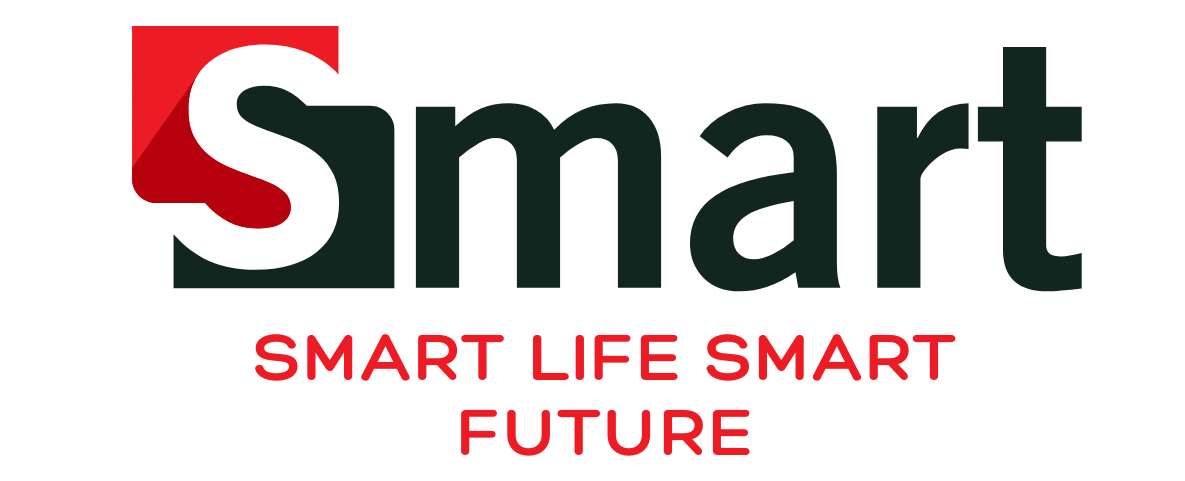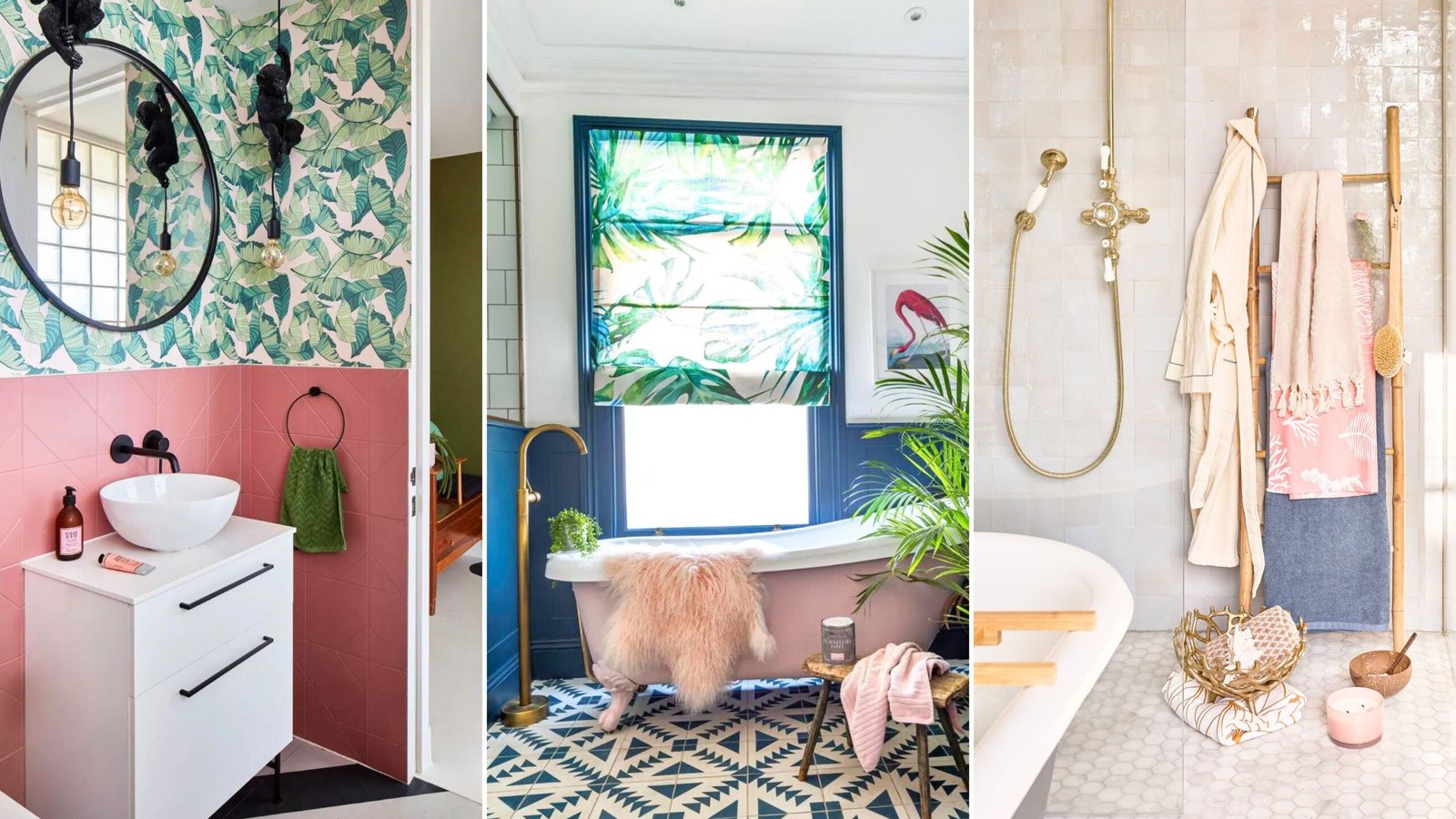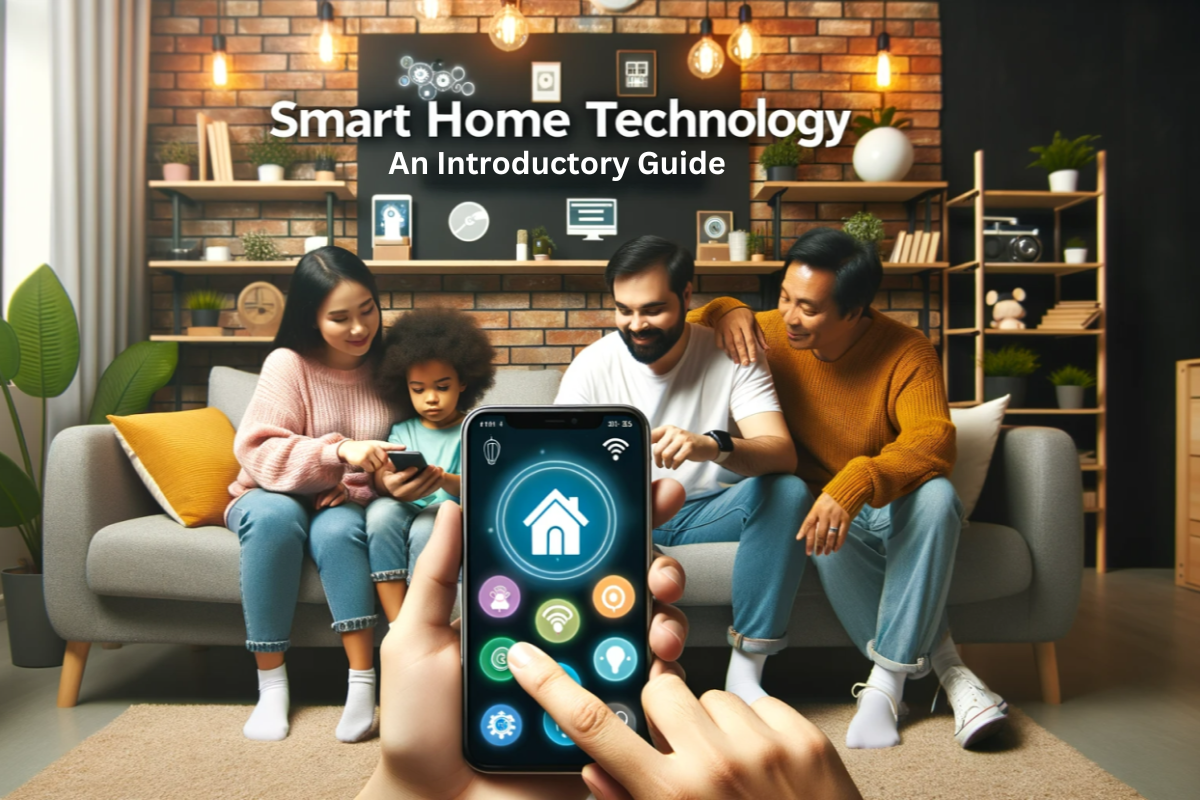
2025’s Best Smart Home Devices to Make Your Home 3x Smarter
The smart home revolution is in full swing, transforming how people interact with their living spaces. As we approach 2025, smart home devices are becoming more sophisticated, offering unprecedented levels of automation, convenience, and energy savings. From voice-controlled assistants to intelligent appliances, these innovations are making homes smarter and exponentially more efficient and comfortable.
This article’ll explore the cutting-edge smart home devices set to dominate the market in 2025. We’ll look at advanced lighting systems that adapt to your mood, refrigerators that manage
your groceries, and entertainment setups that create immersive experiences. We’ll also examine smart windows, AI-powered home assistants, and enhanced video doorbells. These technologies work together to create a seamless, connected home environment that’s more intuitive and responsive than ever before.
Next-Gen Smart Lighting Systems

Smart lighting systems have evolved significantly, becoming a cornerstone of home automation. As we approach 2025, these systems are set to offer unprecedented levels of customization, energy efficiency, and ease of installation, transforming the way we illuminate our living spaces.
Smart Lighting Customization
The next generation of smart lighting systems is designed to adapt seamlessly to users’ lifestyles and preferences. These advanced systems utilize AI and sensors to create dynamic lighting environments that respond to various factors:
- 1. Time-based Adaptation: Lights adjust their brightness and color temperature throughout the day, enhancing comfort and productivity.
- 2. activity-based Lighting: The system recognizes different activities and adjusts lighting accordingly, such as bright lights for game nights or dim settings for movie evenings.
- 3. Mood Enhancement: Users can create custom lighting scenes to set the desired ambiance for any occasion.
- 4. Color Control: With a range of 2700K to 6500K, these systems offer precise control over color output to match any mood or activity.
- 5. Integration with Entertainment: Some systems, like the Philips Hue 2025 series, will change colors and intensity in response to on-screen content or music, creating an immersive experience throughout the home.
- Health-Conscious Lighting: Smart lighting systems will integrate with health and wellness devices to optimize lighting based on users’ sleep patterns and circadian rhythms.
Smart Lighting Energy Efficiency
Energy efficiency remains a key focus of next-gen smart lighting systems:
- Energy efficiency remains a key focus of next-gen smart lighting systems:
- AI-driven Energy Management: These systems use artificial intelligence to automatically dim or turn off lights in unoccupied rooms, significantly reducing energy consumption.
- LED Technology: The use of LED lighting continues to be highly cost-effective compared to conventional light sources.
- Adaptive Lighting: Systems adjust based on natural light levels, ensuring optimal illumination while minimizing energy use.
- Integration with Smart Home Ecosystems: Lights work in tandem with other smart devices like thermostats and security cameras for comprehensive home automation and energy management.
- Environmental Monitoring: Some systems will integrate with devices that monitor air quality, humidity, and pollen levels, adjusting lighting to create a healthier home environment.
Smart Lighting Installation
Installing next-gen smart lighting systems is becoming increasingly user-friendly:
- 1. Wireless Control: Smart lighting is controlled through wireless transmission technologies such as Wi-Fi, Bluetooth, or other networks.
- 2. Easy Bulb Replacement: For many systems, installation is as simple as replacing old bulbs with smart bulbs and downloading an app.
- 3. Smart Switches: For fixtures with multiple bulbs, smart switches offer a cost-effective alternative to individual smart bulbs.
- 4. Professional Installation Option: While many systems are designed for easy DIY installation, professional help is recommended for more complex setups, especially those involving electrical wiring.
- 5. Retrofit Solutions: The industry has developed direct, drop-in replacement LED products, allowing users to benefit from smart lighting without changing existing fixtures.
As we move towards 2025, smart lighting systems are becoming more than just a convenience—they’re an integral part of creating intelligent, responsive living environments. These systems offer unprecedented control over our home lighting, from enhancing our daily routines to improving our overall well-being. With their ability to integrate seamlessly with other smart home devices, next-gen smart lighting systems are set to play a crucial role in the future of home automation, offering both practical benefits and the potential for truly personalized living spaces.
Intelligent Refrigerators with Inventory Management
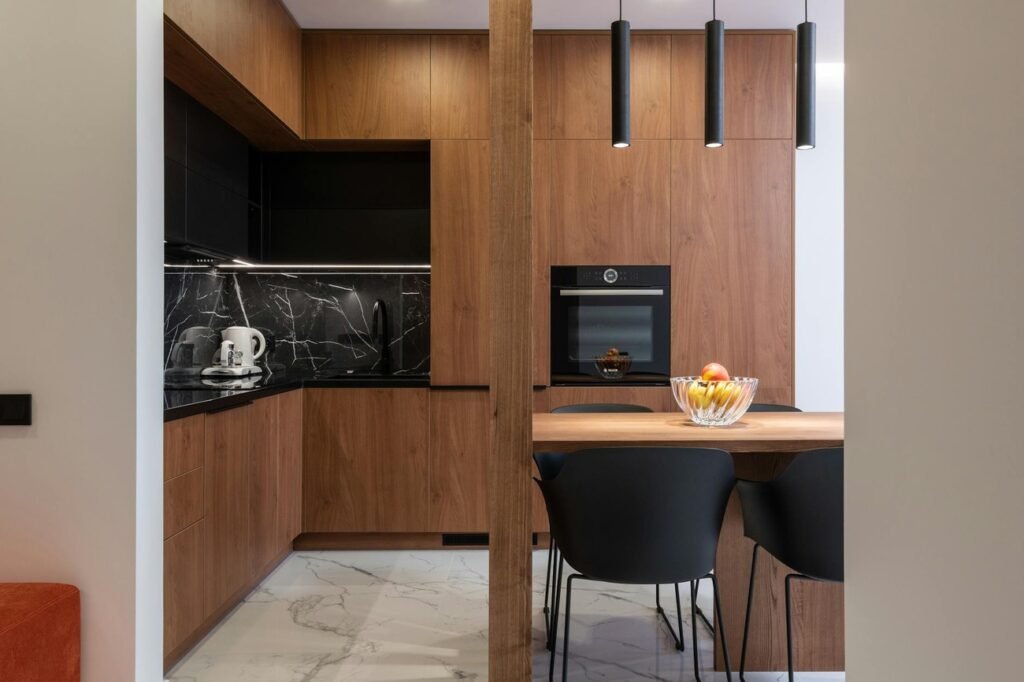
The evolution of smart home technology has brought about a revolution in kitchen appliances, with intelligent refrigerators leading the charge. These advanced appliances are transforming how
households manage their food inventory, shop for groceries, and optimize energy consumption.
Refrigerator Inventory Tracking
Modern smart refrigerators are equipped with sophisticated food management systems that go beyond basic storage. These systems utilize AI-powered cameras and sensors to keep track of the
contents inside the refrigerator. Samsung’s Family Hub lineup, for instance, features AI ViewInside technology that scans items, identifies them, and sends updates when new items are added or old ones are removed.
This technology addresses a significant problem in food management. In India, around 40% of food is wasted, with about 20% of purchased food being discarded. Smart refrigerators help combat this issue by:
Suggesting recipes based on available ingredients These features not only reduce food waste but also promote more sustainable living practices.
- Monitoring food inventory in real-time.
- 2. Tracking expiration dates of products.
- 3. Sending timely alerts and notifications to users.
- 4. Suggesting recipes based on available ingredients These features not only reduce food waste but also promote more sustainable living practices.
These features not only reduce food waste but also promote more sustainable living practices
Refrigerator Shopping Integration
Intelligent refrigerators are becoming more interactive and connected to streamline the shopping process. Key features include:
- 1. Integration with voice assistants like Alexa and Google Assistant, allowing users to create grocery lists through simple voice commands.
- 2. Partnerships with recipe platforms for seamless recipe browsing and direct ingredient ordering. For example, the collaboration between Whisk and Tastemade enables shoppable recipes on Samsung’s Family Hub refrigerators.
- 3. Innit’s automated meal preparation platform integration, offers shoppable recipes from 30 retailers.
- 4. Amazon and Alexa integration, enabling automatic ordering directly from the refrigerator when needed.
These integrations make meal preparation more efficient and enjoyable while contributing to the growth of the smart refrigerator market. Refrigerator Energy Optimization Smart refrigerators are not just about convenience; they also focus on energy efficiency and sustainability:
- 1. Advanced sensors and energy control technology require less electricity usage, making them more environmentally friendly.
- 2. Users can monitor and control electricity usage, aiding in better food preservation and energy management.
- 3. Modern smart refrigerators use less than half the power of older models while providing an average capacity increase of more than 21.9%.
This tangible benefit is expected to drive product demand, especially in the residential sector. The ability to significantly increase energy efficiency is a primary long-term advantage of these smart appliances.
Smart refrigerators are also finding applications in industries such as pharmaceuticals and food and beverage, where delivering fresh products to consumers is crucial. For instance, the pharmaceutical industry requires highly reliable and precise refrigeration technologies for storing sensitive products like medicines, insulin, and vaccines.
As we move towards 2025, intelligent refrigerators with inventory management are set to become an integral part of modern kitchens. By addressing issues of food waste, simplifying grocery shopping, and optimizing energy usage, these appliances are not just making our lives more convenient but also contributing to a more sustainable future.
Advanced Home Entertainment Systems

As we approach 2025, home entertainment systems are evolving rapidly, offering unprecedented levels of immersion and integration. These systems are transforming living rooms into high-tech entertainment hubs, combining cutting-edge video and audio technologies with smart features.
Entertainment System Video Quality
The future of home entertainment is set to deliver stunning visual experiences. 4K projectors are becoming the ultimate choice for those seeking a true theater experience at home. These projectors can beam images up to 100 inches or larger, surpassing the size of traditional TVs. For instance, some models like the Epson LS12000 can project pictures up to 130 inches, offering an immersive viewing experience.
Advanced TV technologies are also making significant strides. Mini-LED and OLED technologies are at the forefront, offering improved picture quality and interactive features. Mini-LED technology uses tiny LEDs for precise lighting control, enhancing contrast and color, especially in HDR content. OLED technology, on the other hand, provides perfect blacks and wide viewing angles, known for excellent color accuracy.
High Dynamic Range (HDR) technology is becoming a standard feature, significantly enhancing color and contrast in home entertainment systems. Some TVs, like the Hisense U8NQ, can craft HDR highlights up to 3000 nits, controlled by a 1600-zone full array Mini LED engine, delivering dynamic picture performance.
Entertainment System Audio Features
Audio quality in home entertainment systems is reaching new heights. Many advanced systems now incorporate Dolby Atmos and DTS:X decoding, creating immersive soundscapes. For example, some projectors come with built-in speaker systems that deliver powerful and clear audio, eliminating the need for external soundbars.
High-end audio systems in smart TVs are becoming more sophisticated. Some models feature 6.2.2 speaker setups rated at 240W, delivering impactful and immersive Dolby Atmos experiences [11]. Others, like certain Philips models, come with a 70W/2.1-channel speaker system, offering clear and expansive sonics.
Entertainment System Smart Integration
Smart integration is a key feature of advanced home entertainment systems in 2025. Many systems now come with built-in streaming capabilities, offering popular apps like Netflix, Disney Plus, Apple TV Plus, and YouTube. Smart TV interfaces, such as LG’s webOS and Samsung’s Tizen, make content discovery and navigation easier than ever.
Voice control is becoming more advanced, with systems capable of handling complex commands and managing multiple devices simultaneously. This allows for seamless control of various aspects of the entertainment system, from adjusting volume to switching between different content sources.
Internet connectivity is a standard feature in modern entertainment systems, enabling access to a wide range of online content and services [10]. Some systems even offer Wi-Fi hotspot capabilities, allowing users to connect multiple devices.
As we move towards 2025, the integration of IoT (Internet of Things) is revolutionizing smart home automation, including entertainment systems. This facilitates seamless communication between various devices, creating a more cohesive home automation experience. For instance, your smart refrigerator, lighting, and entertainment systems can work together effortlessly, enhancing the overall user experience.
Smart Windows and Blinds
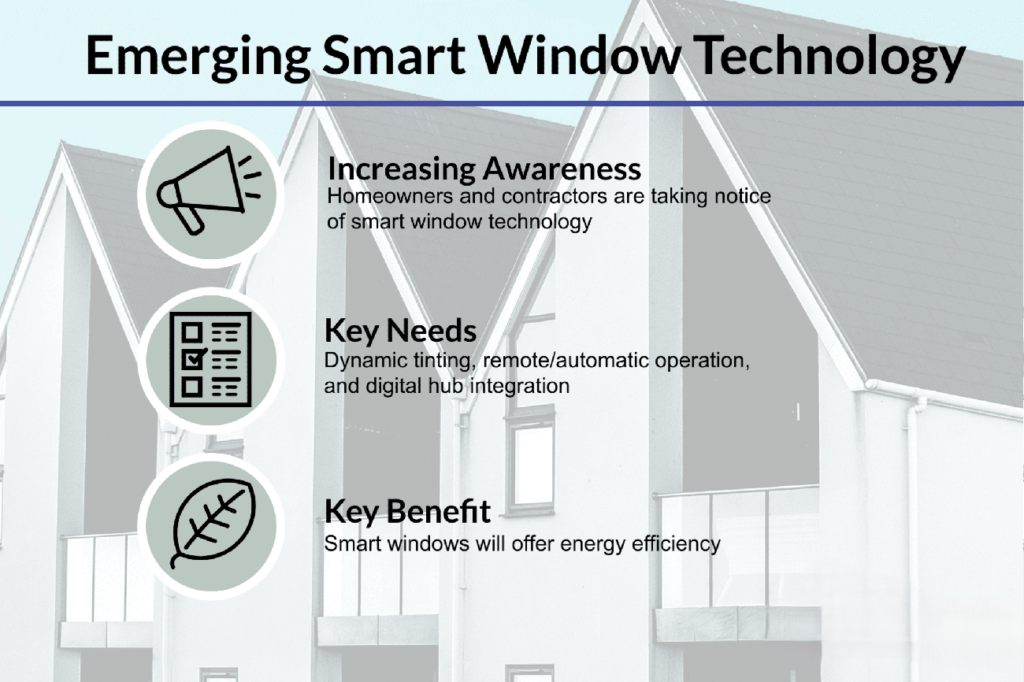
Smart Window Tinting Technology
Smart window tinting technology is revolutionizing the way we control light and privacy in our homes and offices. This innovative technology uses Polymer Dispersed Liquid Crystal (PDLC) to create dynamic glass that can switch between transparent and opaque states at the touch of a button. The PDLC technology works by embedding tiny liquid crystal droplets in the tint. When an electric current is applied, these crystals align, making the window transparent. Without the current, the crystals scatter, turning the window opaque.
One example of this technology is the “Priwatt Glass” developed by SmartGlass Technologies. This patented technology has been certified by Underwriters Labs and has passed tests for accelerated weathering, flexural strength, and other safety standards [15]. The switching time for this smart glass is impressively fast, taking only 100 milliseconds to transition from frosted to clear and 400 milliseconds to return to opaque.
Another exciting development in smart window technology is the use of thermochromic glass. Pleotint LLC’s Suntuitive Self-Tinting Glass is a passive dynamic glass that automatically adapts its tint level in response to direct sunlight, without requiring any electric circuitry [15]. This solar-powered solution offers increased resilience, as it continues to function even during power outages.
Smart Blind Automation
Smart blind automation is making waves in the home automation industry. These systems offer convenience, energy savings, and enhanced security. The global smart home industry, valued at USD 158.00 billion in 2018, is expected to grow to USD 262.60 billion by 2025. Within this, the smart shade market is projected to expand from USD 162.00 million in 2019 to nearly USD 1.50 billion by 2024.
One innovative solution in this space is the SwitchBot Blind Tilt, a small motor that attaches to existing blinds to automate their operation. This device can tilt blinds open or closed based on a set schedule or light levels, and it’s compatible with voice assistants like Alexa, Google Assistant, and Apple’s Siri. This retrofit solution offers a cost-effective way to upgrade existing blinds to smart blinds, with prices starting much lower than traditional motorized shades.
Smart Window Energy Efficiency
Smart windows and blinds offer significant energy efficiency benefits. By adjusting the tint level or position of blinds, these systems can control the amount of sunlight entering a space, reducing the need for cooling in warm weather and allowing natural warmth in colder months.
Research has shown that smart window systems can lead to substantial energy savings. In one study, a complex smart window system combining SPD (Suspended Particle Device), LGG (Light Guide Glass), and dimming LED technology reduced cooling loads and lighting energy in office spaces. The system achieved a 54.5% reduction in lighting load by combining LGG and dimming control, and a 36.9% reduction in cooling energy consumption compared to a reference room.
Another promising development is TNO’s smart windows, which are expected to be market-ready by 2025. These windows can automatically regulate solar heat based on glass temperature, potentially saving around 500 Euros and 400 kilograms of CO2 emissions annually for an average home with air conditioning in the Netherlands. With an estimated payback period of five to seven years, these smart windows offer both environmental and economic benefits.
AI-Powered Home Assistants

AI-powered home assistants are revolutionizing the way we interact with our living spaces. As we approach 2025, these intelligent systems are becoming more sophisticated, offering unprecedented levels of personalization, integration, and functionality.
Home Assistant Voice Recognition
Voice recognition technology has made significant strides, with AI assistants now capable of understanding and processing complex commands. Advanced natural language processing allows for more nuanced interactions, making it easier to control various smart home functions with voice commands. These systems can now manage multiple devices simultaneously, coordinating actions across the home for a more comprehensive and seamless automation experience.
The evolution of voice recognition is evident in the improvements made to popular AI assistants. For instance, Amazon’s Alexa 2025 edition is expected to feature a more advanced natural language processing system, allowing for more natural and fluid conversations. Similarly, Home Assistant now supports voice control in over 50 languages, a significant leap from its basic text-based control in English at the start of 2023.
Home Assistant Task Management
AI-powered home assistants are becoming increasingly adept at managing tasks and routines. They can learn from users’ habits, preferences, and routines, providing a personalized experience tailored to each family member. This advanced personalization allows the system to adjust various home settings automatically, such as smart thermostats that adapt temperatures based on daily routines.
One of the key features of modern AI assistants is the ability to create and manage custom routines. For example, with Alexa Routines, users can program multi-step automations. A simple command like “Alexa, good morning” could trigger a series of actions, such as turning on lights, starting the coffee maker, and playing a favorite news podcast.
Home Assistant Device Integration
The integration capabilities of AI-powered home assistants have expanded significantly. These systems now offer better compatibility with a wider range of devices, from smart thermostats and lighting systems to home security and entertainment setups. This seamless integration allows for centralized control of various smart home devices with simple voice commands.
For instance, Amazon Alexa excels at home automation due to its wide range of compatible smart home devices. It can control lights, thermostats, locks, plugs, cameras, and many other smart home products. Similarly, Home Assistant has expanded its integration capabilities, allowing users to expose specific devices to the AI assistant for control and monitoring.
As AI continues to evolve, these home assistants are expected to play an even more crucial role in home security. Features like voice authentication, emergency alerts, and integration with smart locks and cameras are becoming standard. Additionally, AI improves threat detection by analyzing potential patterns and identifying risks accurately, providing timely alerts and responses to enhance overall home security.
While these advancements offer numerous benefits, it’s important to note that there are some considerations. Privacy concerns may arise due to the always-on nature of these devices, and their functionality heavily relies on a reliable internet connection for optimal operation. However, as technology progresses, we can expect these issues to be addressed, further enhancing the user experience of AI-powered home assistants.
Smart Doorbells with Enhanced Features

Doorbell Video Quality
Smart doorbells have made significant strides in video quality, offering crystal-clear footage of visitors. Many models now feature 1080p HD video resolution, providing sharp images for improved security and visitor identification. Some advanced models, like the Ring Battery Doorbell Pro, have pushed the boundaries even further with 1536p HD video quality. This higher resolution ensures that users can see every detail, from head to toe, of anyone approaching their door.
Another notable improvement is the field of view. The Ring Battery Doorbell Plus, for instance, offers a square 1:1 aspect ratio with a 150-degree by 150-degree field of view. This wider angle allows homeowners to see more of their porch and surrounding area, enhancing security and awareness.
Night vision capabilities have also been enhanced. Many smart doorbells now feature color night vision, providing clear footage even in low-light conditions [24]. Some models, like those from Ring, use advanced sensors to show color video at night with minimal ambient light, a feature they call “Low Light Sight”.
Doorbell Security Features
Smart doorbells have become an integral part of home security systems, offering features that go beyond simple video recording. Motion detection is a key feature, with some models using advanced technologies like 3D Motion Detection powered by radar for more accurate alerts. This technology can differentiate between a person and, say, a tree branch, reducing false alarms.
Many smart doorbells now offer package detection, alerting homeowners when a delivery has been made. This feature is particularly useful in combating package theft, a growing concern for many homeowners.
Real-time alerts are another crucial security feature. Users receive instant notifications on their smartphones when someone approaches their door or rings the bell, allowing them to see who’s there even when they’re not home. Some models also offer two-way talk functionality, enabling homeowners to communicate with visitors remotely.
Doorbell Smart Home Integration
Smart doorbells are increasingly designed to integrate seamlessly with broader smart home ecosystems. Many models are compatible with popular platforms like Amazon Alexa, Google Home, or Apple HomeKit. This integration allows users to view their doorbell camera feed on devices like Echo Show or Fire TV, and even control other smart home devices using voice commands.
Some advanced models offer features like Bird’s Eye View and Bird’s Eye Zones, which provide an aerial perspective of motion on the property. These features can work in conjunction with camera motion zones, allowing users to pinpoint exactly where they want to receive alerts.
For those concerned about privacy and data security, some smart doorbells now offer end-to-end video encryption. While this may limit some features, it provides an additional layer of security for privacy-conscious users.

The rapid advancement of smart home technology is causing a revolution in how we interact with our living spaces. From intelligent lighting systems that adapt to our moods to refrigerators that manage our groceries, these innovations are making our homes more efficient and comfortable. Smart entertainment systems, windows, and AI-powered assistants are working together to create a seamless, connected environment that’s more intuitive and responsive than ever before.
As we look ahead to 2025, it’s clear that smart home devices will play a crucial role in shaping our daily lives. These technologies not only offer convenience but also have a significant impact on energy efficiency and security. While there are still challenges to overcome, such as privacy concerns and the need for reliable internet connectivity, the future of smart homes looks bright. The ongoing development of these technologies promises to make our homes not just smarter, but also more sustainable and tailored to our individual needs.
